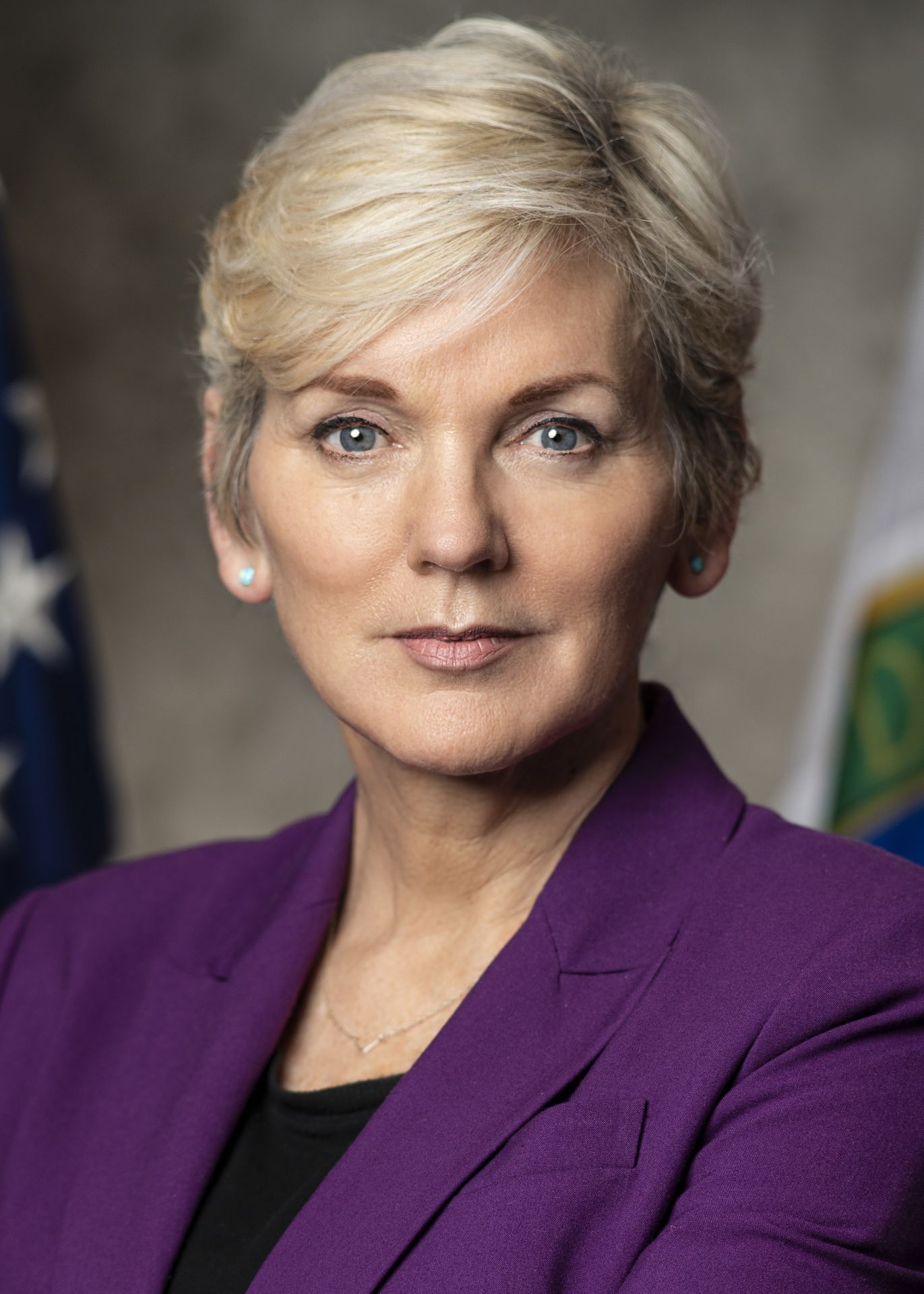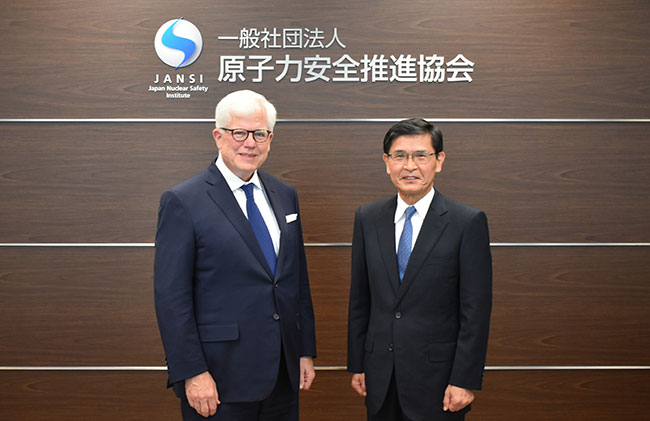The Zaporizhzhia nuclear power plant in Ukraine. (Photo: Energoatom)
Europe’s largest nuclear power plant has just one remaining power line for essential nuclear safety and security functions, compared with its original 10 functional lines before the military conflict with Russia, warned Rafael Mariano Grossi, director general of the International Atomic Energy Agency.
SRMC operators demonstrate procedure compliance during a job at the Savannah River Site’s Saltstone Production Facility. SRMC recently won national awards for demonstrating a commitment to working safely. (Photo: SRMC)
Department of Energy cleanup contractor Savannah River Mission Completion (SRMC) has garnered national recognition for its commitment to safety, recently receiving three awards from the National Safety Council: the Occupational Excellence Award, the Perfect Record Award, and the Superior Safety Performance Award.
The digital control system was installed at Linglong One earlier this month. (Photo: CNNC)
Earlier this month, the first digital control system was put in place at Linglong One, a small modular reactor demonstration project being built at the Changjiang nuclear power plant in Hainan Province. This is the world’s first land-based commercial SMR and is controlled by China National Nuclear Power Co. Ltd., a subsidiary of the China National Nuclear Corporation (CNNC).
A view of the Waste Isolation Pilot Plant in New Mexico. (Photo: DOE)
Harrison Western Shaft Sinkers (HWSS), the company drilling a new utility shaft at the Department of Energy’s Waste Isolation Pilot Plant in New Mexico, has retained a safety culture expert following a near-miss accident in the shaft late last year. The safety expert will conduct monthly facilitated discussions with crews working on the shaft to reinforce expectations for identifying concerns regarding unsafe circumstances, according to a recent report by the Defense Nuclear Facilities Safety Board (DNFSB).
The DOE’s Argonne National Laboratory in Lemont, Ill. (Photo: DOE)
Researchers at the Department of Energy’s Argonne National Laboratory are developing and deploying ARG-US (from the Greek Argus, meaning “Watchful Guardian”) remote monitoring systems technologies to enhance the safety, security, and safeguards (3S) of packages of nuclear and other radioactive material during storage, transportation, and disposal.
From left: Piercy, Hart, Iyengar, Tobey
The latest virtual event produced by the American Nuclear Society brought together experts from the forefront of the global nuclear industry to discuss strategies for ensuring a safe, secure, and healthy expansion in the face of a rapidly changing energy and geopolitical landscape.
The webinar, moderated by ANS Executive Director/CEO Craig Piercy, featured J’Tia Hart, chief science officer for the National and Homeland Security Directorate at Idaho National Laboratory; Anagha Iyengar, deputy program director for analytics and innovation at the National Nuclear Security Administration’s Office of International Nuclear Security; and William Tobey, former NNSA deputy administrator for defense nuclear nonproliferation.
SRNS Internship Program students sign and accept their full-time position offers at the Savannah River Site as SRNS executives, managers, and mentors look on (Photo: SRNS)
Dozens of students from the Savannah River Nuclear Solutions (SRNS) Internship Program were recently offered a chance at full-service positions during what SRNS called a signing day event held at the Department of Energy’s Savannah River Site, near Aiken, S.C.
JANSI’s chairman William Edward Webster Jr. (left), and president and CEO Hiromi Yamazaki. (Photo: JANSI)
The Japan Nuclear Safety Institute (JANSI) marked its 10th anniversary on November 15 by publishing a letter that highlighted some of the organization’s greatest accomplishments of the past decade. In the letter, William Edward Webster Jr., chairman of the JANSI board of directors, and Hiromi Yamazaki, JANSI president and chief executive officer, expressed their “sincere gratitude to all our members and other stakeholders who have provided support and guidance over the past 10 years.”
Rensselaer Polytechnic Institute (Photo: RPI)
Rensselaer Polytechnic Institute will use $1.5 million in grants from the Department of Energy to lead projects aimed at upgrading nuclear power plant efficiency and safety, the university announced earlier this month. The grants are part of more than $61 million in awards recently announced by the DOE to support nuclear energy research.
ANS flooding and seismic consensus standards assist the NRC and DOE in buttressing nuclear facility safety policies
April 2, 2021, 2:47PMNuclear NewsLeah Parks, Carl Mazzola, Jim Xu, and Brent Gutierrez A map of Japan highlighting the Fukushima prefecture.
March 11 will mark the 10-year anniversary of the Fukushima Daiichi event, when a 45-foot tsunami, caused by the 9.0-magnitude Great Tohoku Earthquake, significantly damaged the reactors at Japan’s Fukushima Daiichi nuclear power plant. In response to this event, the U.S. Nuclear Regulatory Commission took actions to evaluate and mitigate beyond-design-basis events, including a new requirement for the staging of so-called Flex equipment, as well as changes to containment venting and improvements to emergency preparedness. The U.S. Department of Energy also addressed beyond-design-basis events in its documented safety analyses.
The U.S. Department of Energy’s Light Water Reactor Sustainability Program, led by Idaho National Laboratory, works closely with utilities to improve outage efficiencies and enable nuclear to go “toe-to-toe economically” with other energy sources.
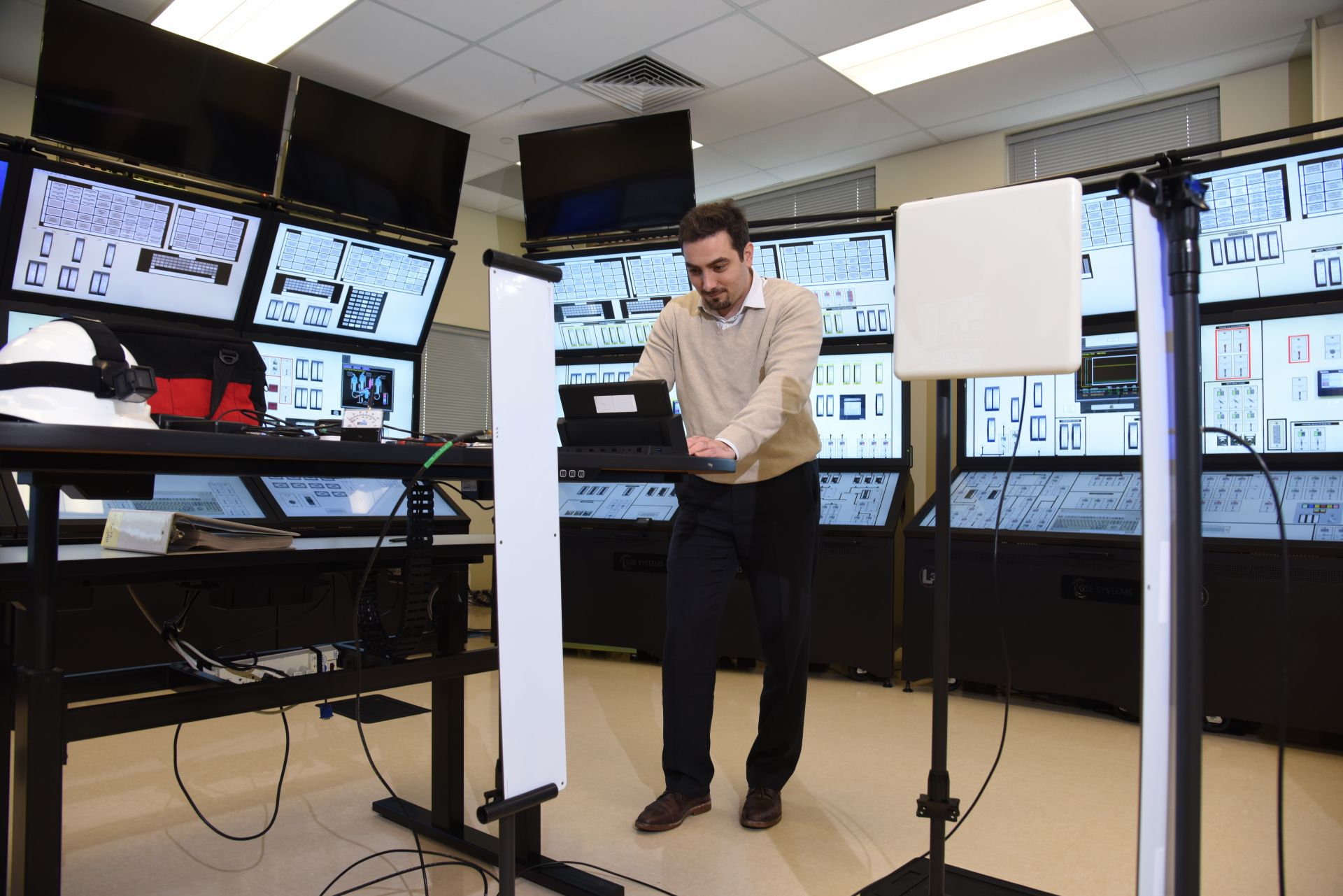
Working in INL’s Human Systems Simulation Laboratory, senior R&D scientist Ahmed Al Rashdan co-developed the Advanced Remote Monitoring project for the LWRS Program.
There are numerous similarities between auto racing pit crews and the people in the nuclear power industry who get us through outages: Pace. Efficiency. Diagnostics. Teamwork. Skill. And safety above all else.
To Paul Hunton, a research scientist at Idaho National Laboratory, the keys to successfully navigating a nuclear plant outage are planning and preparation. “When you go into an outage, you are ready,” Hunton said. “You need to manage outage time. You want to avoid adding delays to the scheduled outage work because if you do, it can add a couple million dollars to the cost.”
Hunton was the principal investigator for the September 2019 report Addressing Nuclear Instrumentation and Control (I&C) Modernization Through Application of Techniques Employed in Other Industries, produced for the U.S. Department of Energy’s Light Water Reactor Sustainability (LWRS) Program, led by INL. Hunton drew on his experience outside the nuclear industry, including a decade at Newport News Shipbuilding.




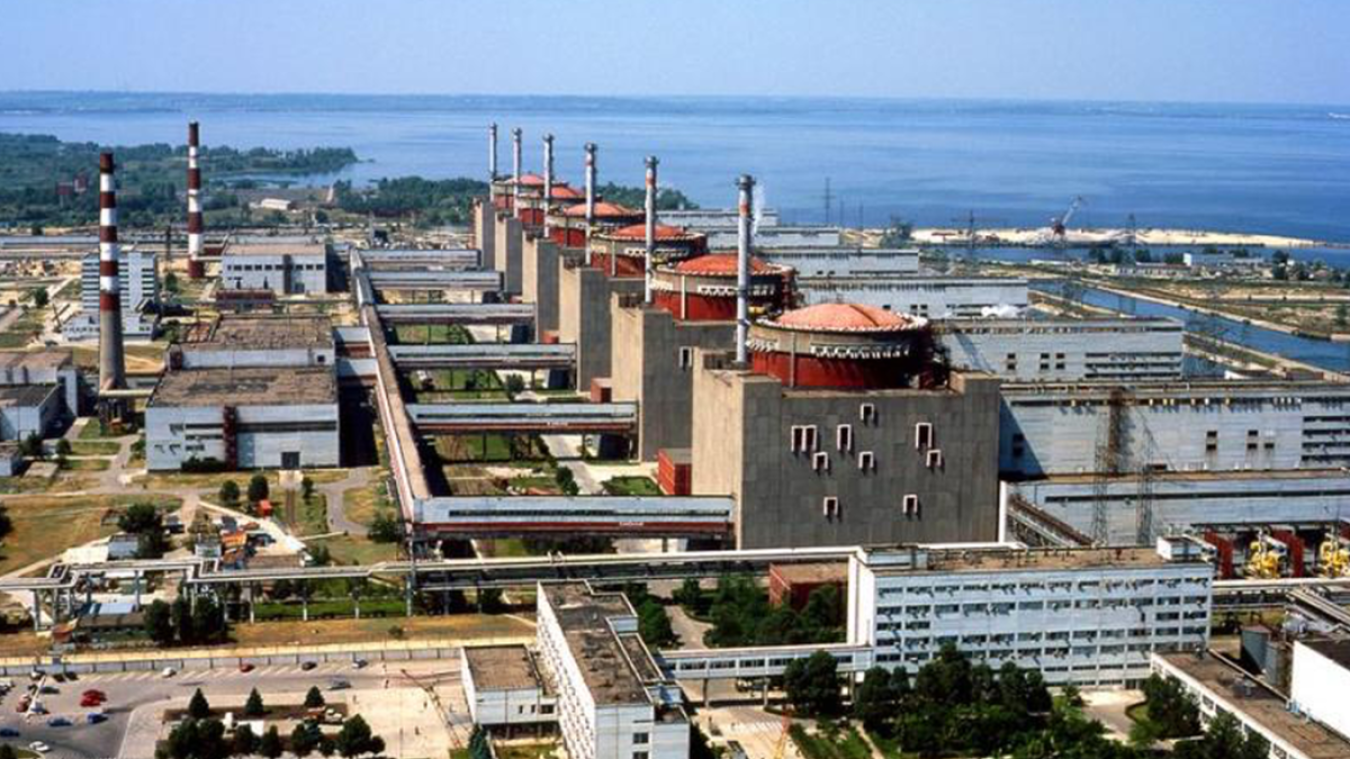

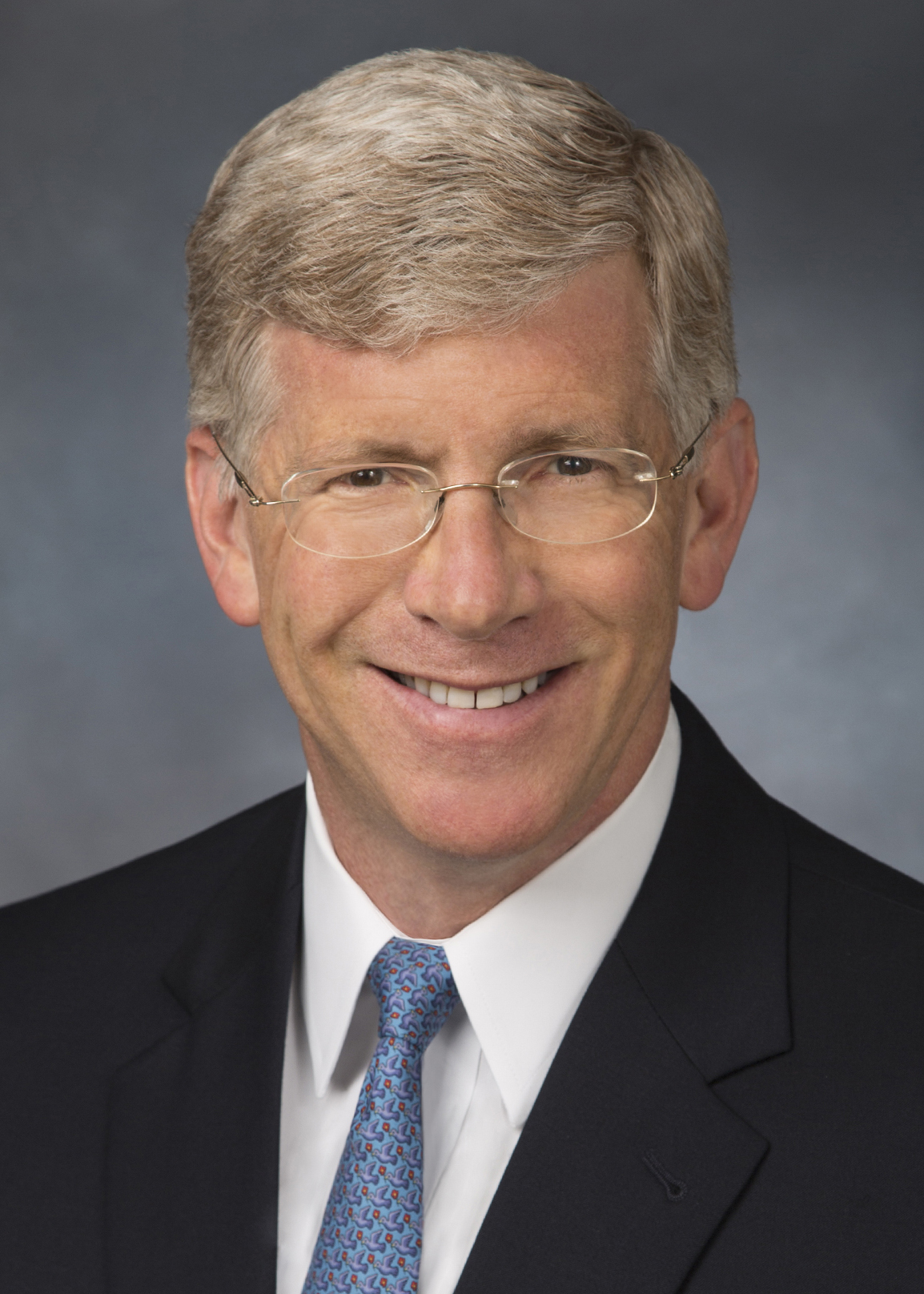
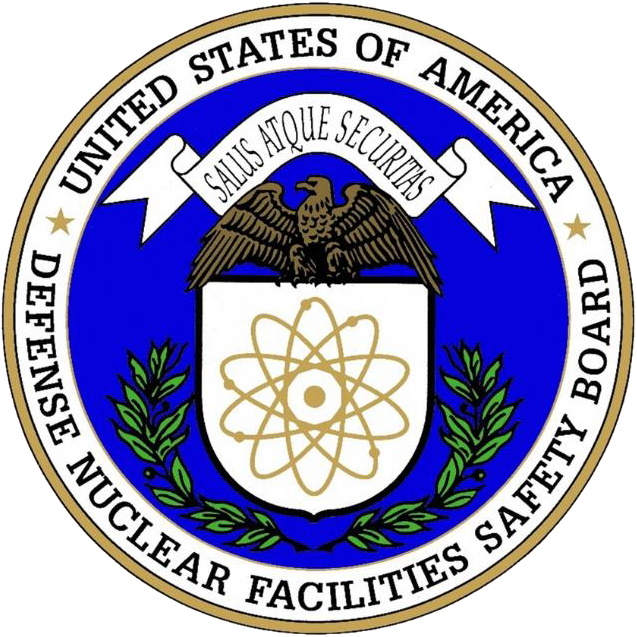 The Defense Nuclear Facilities Safety Board, which provides safety oversight of Department of Energy sites, is holding a
The Defense Nuclear Facilities Safety Board, which provides safety oversight of Department of Energy sites, is holding a 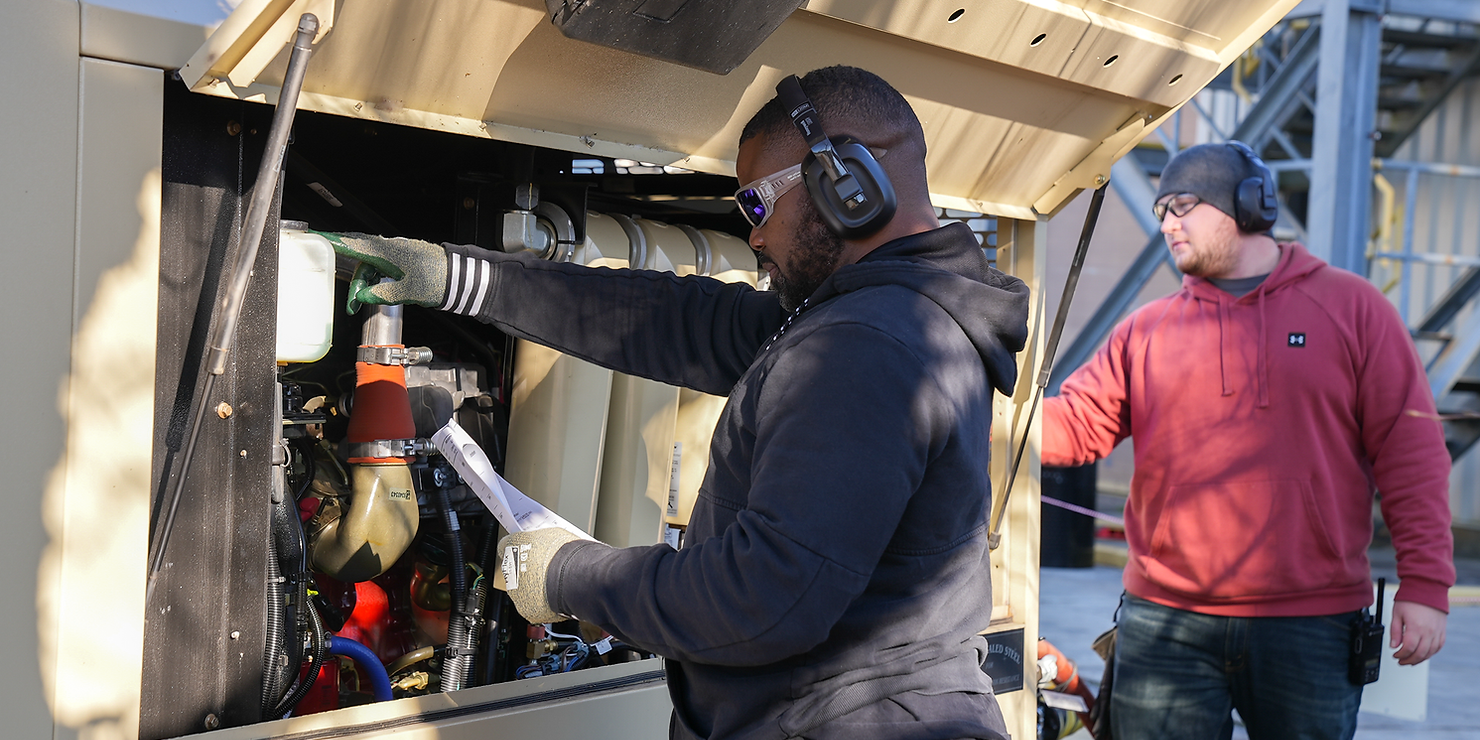

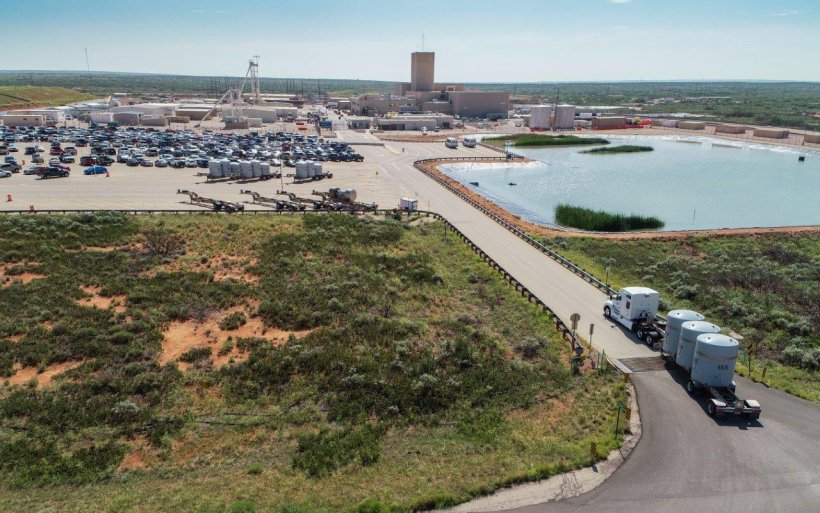
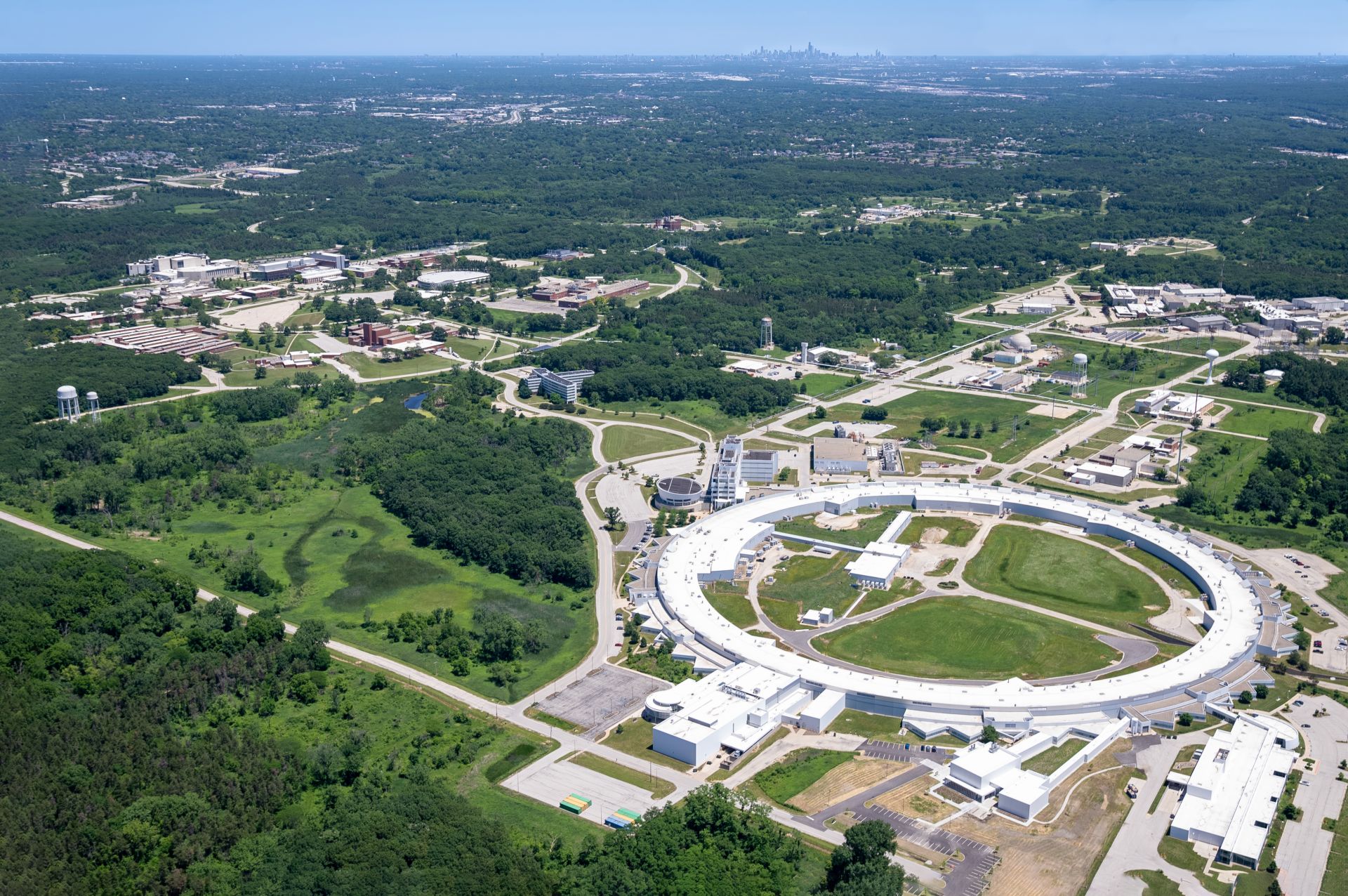



 For two decades, J. J. Keller & Associates has been honoring safety professionals in North America. Once again, the Wisconsin-based regulatory, safety, and compliance solutions company is accepting applications and nominations for its annual
For two decades, J. J. Keller & Associates has been honoring safety professionals in North America. Once again, the Wisconsin-based regulatory, safety, and compliance solutions company is accepting applications and nominations for its annual 